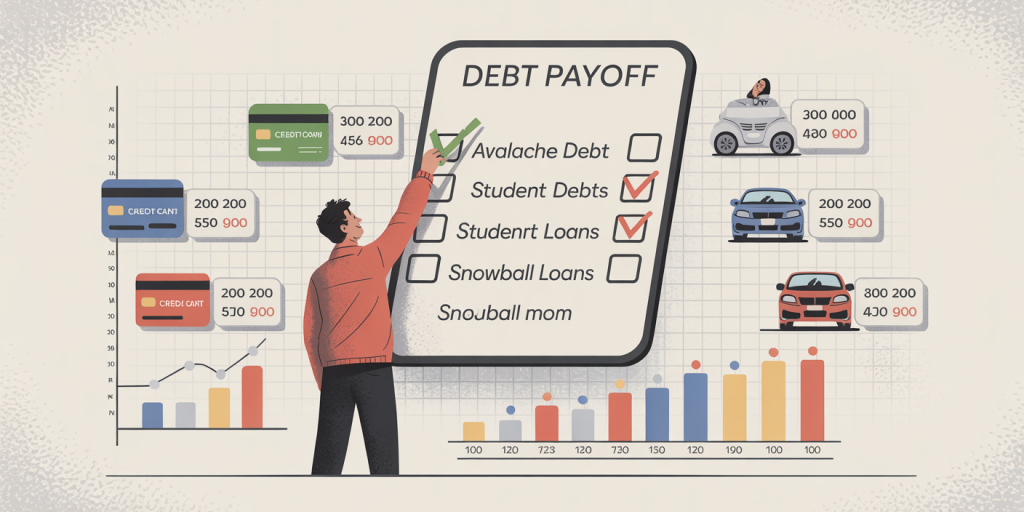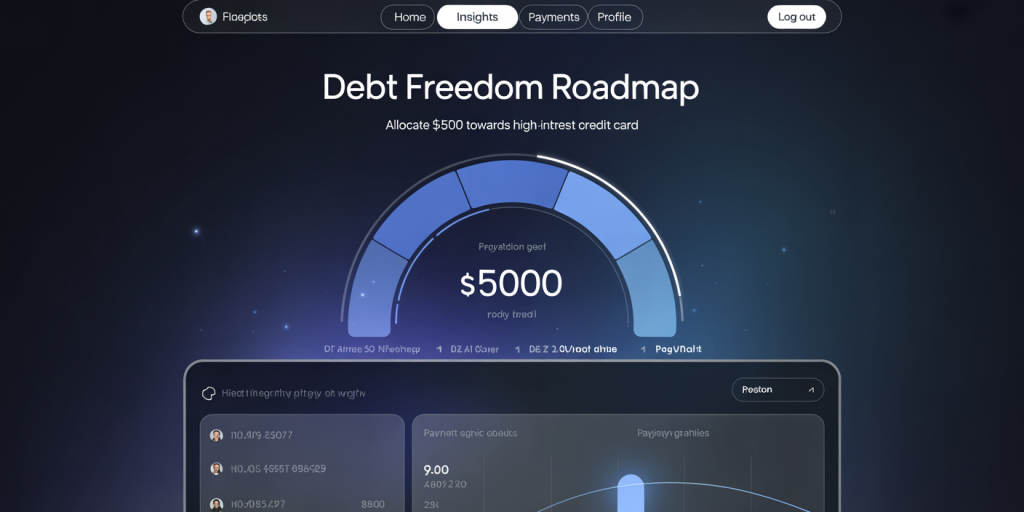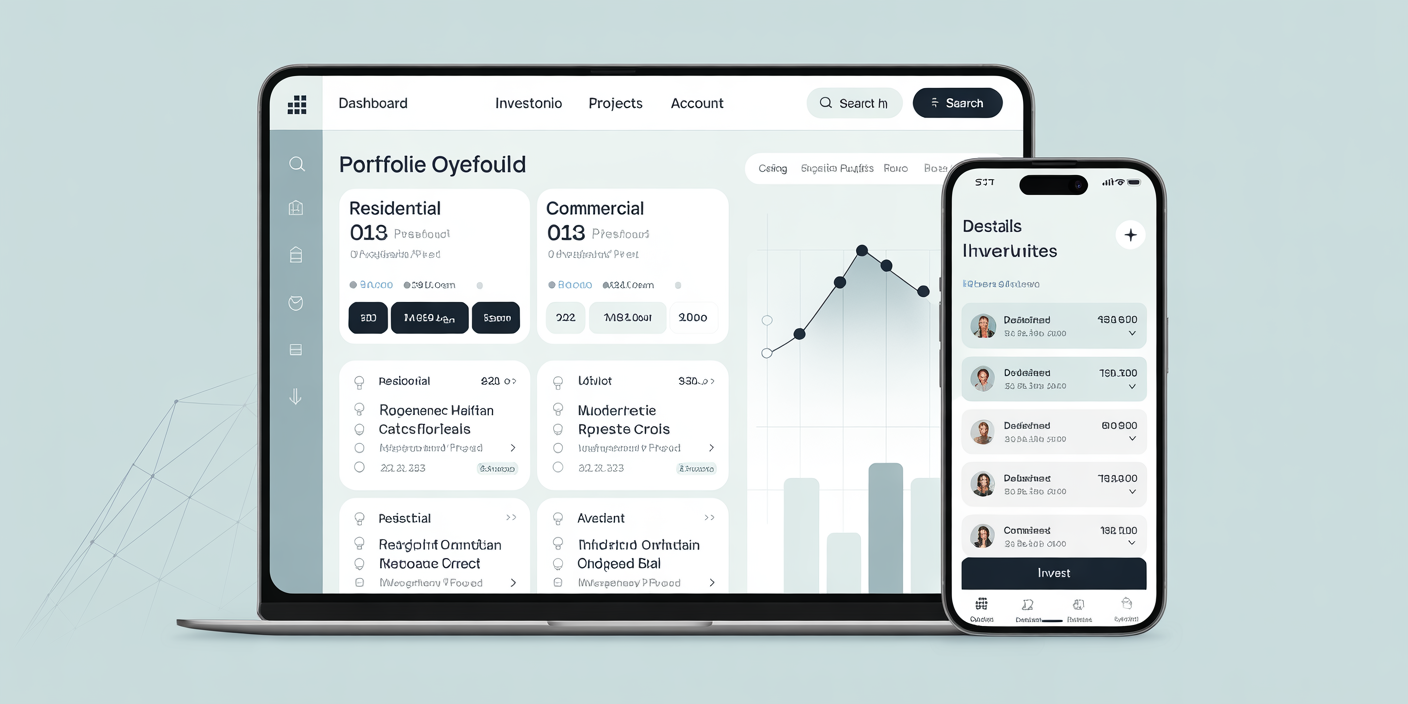How to Use the Avalanche and Snowball Methods Together for Faster Debt Payoff
Anúncios
Debt can feel overwhelming, especially when multiple loans or credit cards with differing balances and interest rates are involved. Two of the most popular strategies for managing and paying off debt efficiently are the Avalanche and Snowball methods. While each approach offers unique benefits, blending them strategically can accelerate your debt repayment journey significantly. This article explores how to combine these methods effectively, supported with practical examples, comparative insights, and data-backed perspectives.
Understanding the Avalanche and Snowball Methods
Before diving into the combined approach, it’s vital to grasp the fundamentals of each method. The Debt Avalanche method prioritizes paying off debts with the highest interest rates first. By focusing on these loans, you reduce the overall amount of interest paid, leading to faster depletion of total debt over time. This method is mathematically optimal for minimizing cost, making it popular among financial experts.
Anúncios
Conversely, the Debt Snowball method targets the smallest balances first, regardless of interest rate. As soon as a small debt is paid off, the amount you previously paid monthly toward that account gets “snowballed” into the next smallest debt. This approach emphasizes psychological motivation: frequent wins reinforce discipline and reduce feelings of being overwhelmed.
Both methods have proven efficacy. According to a 2022 survey by the National Foundation for Credit Counseling (NFCC), 43% of people using snowball experience higher motivation levels, while avalanche users typically save 22% more on interest payments.
Anúncios
Key Benefits of Combining Avalanche and Snowball Methods
Leveraging the Avalanche and Snowball methods together allows debtors to balance emotional motivation with financial efficiency. Purely using Avalanche can sometimes feel discouraging because high-interest debts often have large balances that take a long time to pay off. Meanwhile, the Snowball method, though psychologically rewarding, can lead to higher total interest costs.
A hybrid approach introduces flexibility: start by focusing on smaller debts to develop momentum and morale (Snowball), then switch to paying off the debts with the highest interest rates (Avalanche) to minimize interest expenses. Alternatively, some debtors prioritize high-interest debts while occasionally clearing out smaller balances for psychological boosts.

Case study: Jane, a 30-year-old marketing consultant, owed $15,000 spread across five debts: $5,000 credit card at 18%, $3,000 personal loan at 7%, $2,000 medical bill at 0%, $4,000 auto loan at 5%, and $1,000 store card at 24%. Initially, she applied the snowball method, clearing the $1,000 store card within three months, reigniting her confidence. Subsequently, she switched to avalanche for the remaining debts, shaving $1,200 of interest over two years compared to snowball alone.
Step-by-Step Strategy to Implement Both Methods
1. List All Debts and Prioritize Smallest Balances Initially: Begin by listing all debts with their respective balances, interest rates, and minimum payments. Identify at least one or two smallest debts to target first.
2. Make Minimum Payments on All but the Smallest Debt(s): While focusing extra payments on your smallest debt, maintain minimum monthly payments on others to avoid penalties.
3. Pay Off the Smallest Debt Quickly (Snowball Phase): Allocate any available surplus funds to the smallest balance until it is fully paid.
4. Shift Focus to Highest Interest Debts After Initial Wins: Once confident and motivated by paying off smaller balances, concentrate additional payments toward the debt(s) with the highest interest rates (Avalanche phase) while continuing minimum payments on the rest.
5. Repeat the Process with Remaining Debts: Continue applying extra payments to the highest interest rate debt until fully paid, then move to the next, progressively accelerating your payoff.
Table 1: Example Hybrid Payment Schedule
| Month | Focused Payment | Debt Targeted | Interest Rate | Remaining Balance | Notes |
|---|---|---|---|---|---|
| 1-3 | $500 | $1,000 store card | 24% | $0 | Snowball completed |
| 4-12 | $500 | $5,000 credit card | 18% | $1,800 | Avalanche phase started |
| 13-18 | $500 | $3,000 personal loan | 7% | $0 | Completed after avalanche |
| 19+ | $500 | $4,000 auto loan | 5% | $0 | Remaining debts cleared |
This schedule allows emotional motivation early on, then transitions to financially efficient targeting.
How Psychological Factors Improve Debt Management Outcomes
Motivation and mindset play significant roles in debt repayment success. According to a 2023 study published by the Journal of Financial Therapy, emotional satisfaction derived from small wins enhances persistence, making debt payoff plans sustainable long-term. This finding is fundamental to why integrated Avalanche-Snowball methods outperform strict adherence to either strategy.
When debtors see tangible progress, such as zeroing out a small debt account, they build momentum and confidence that positively influences their financial behavior. As Jane’s example shows, the quick win of paying off her store card dramatically increased her commitment levels.
Real-world data: Experian’s 2022 credit behavior report highlights that consumers with early payoff successes are 33% more likely to be debt-free within three years compared to those without such milestones.
Integrating psychological triggers such as rewarding oneself upon eliminating a debt or visualizing debt-free milestones can complement the structured approach of the Avalanche method. This precise balancing act is the crux of combining the two techniques for better results.
Comparing Pure Avalanche, Pure Snowball, and Hybrid Approach
Understanding performance differences among the methods can guide tailored strategies. The table below illustrates estimated outcomes based on a hypothetical $10,000 total debt split into five debts with varying interest and balances.
| Metric | Avalanche Method | Snowball Method | Hybrid Approach |
|---|---|---|---|
| Total Interest Paid | $1,200 | $1,600 | $1,350 |
| Time to Debt Freedom | 30 months | 33 months | 31 months |
| Number of Debt Accounts Paid Off Quickly | 1 (highest interest) | 3 (smallest balances) | 2 (initial small, then high interest) |
| Psychological Satisfaction | Moderate | High | High |
| Complexity of Implementation | Simple | Very Simple | Moderate |
The Avalanche method saves the most on interest, but the hybrid maintains most of this benefit while incorporating psychological wins from the Snowball approach, increasing likelihood of adherence.
Practical Tips to Maximize Success When Using Both Methods
1. Automate Payments: Automate minimum payments on all debts to avoid missed payments and penalties. Use manual or surplus payments strategically on target debts.
2. Adjust Based on Life Changes: Income fluctuations or unexpected expenses may require revisiting your payment plan. Stay flexible by pivoting between snowball and avalanche focus as needed.
3. Use Debt Tracking Tools: Apps like Debt Payoff Planner or Undebt.it support hybrid strategies, showing progress visually and suggesting when to switch focus.
4. Celebrate Small Victories: Don’t underestimate the importance of positive reinforcement. Mark key milestones such as eliminating a certain number of debts.
5. Maintain Emergency Fund: While aggressive debt payoff is crucial, maintaining a small emergency fund (e.g., $1,000) prevents dips into new credit during unforeseen expenses.
Example: Sam, a software engineer, combined payment automation with the hybrid method. After initial snowball success clearing two small debts, he applied avalanche for the remainder. Sam’s use of apps provided visual motivation, leading to paying off $18,000 of debt in 28 months instead of the projected 36 using snowball alone.
Future Perspectives on Debt Repayment Strategies
As financial literacy improves, hybrid debt payoff techniques are gaining traction. Emerging data-driven tools utilize machine learning to custom-tailor debt repayment plans dynamically, optimizing for interest costs and behavioral tendencies.

Furthermore, the integration of behavioral economics within fintech applications enhances motivation, offering real-time feedback and social accountability. This evolution means that combining Avalanche and Snowball methods is only the starting point for more sophisticated debt management solutions.
According to a report by McKinsey in 2023, consumers utilizing hybrid digital strategies reduce debt repayment duration by up to 20% compared to traditional methods. As online financial education and tools become more accessible, the adoption of personalized hybrid repayment methods will likely grow.
Policymakers and credit counselors are increasingly recommending hybrid models because they offer a balanced approach that addresses both mathematical efficiency and human psychology.
Blending the Avalanche and Snowball debt repayment methods empowers individuals to accelerate paying off debt with discipline and motivation. By starting with quick wins and transitioning toward optimizing interest savings, debtors can achieve financial freedom faster and more sustainably. Utilizing automation, technology, and emotional reinforcements enhances this approach, positioning it as a future standard in personal finance management.




Post Comment